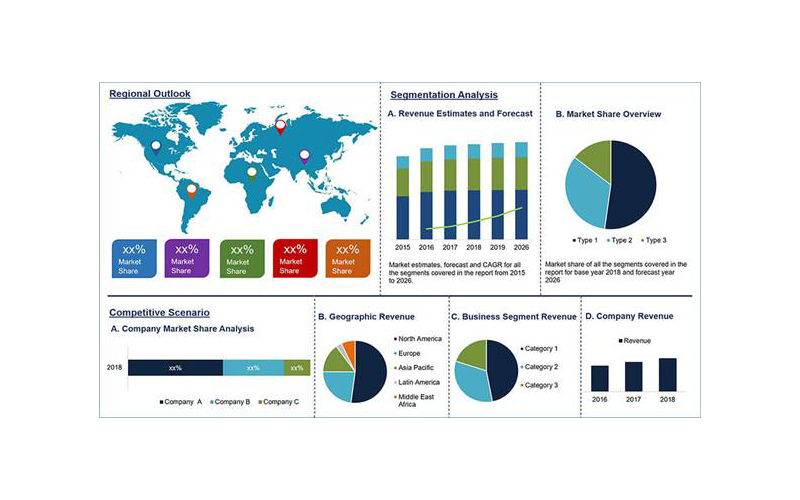Pectin Market size to reach USD 1.87 billion by 2026 – CAGR 6.4 %
The global pectin market is estimated to reach USD 1.87 billion by 2026 and is anticipated to grow at a CAGR of 6.4 % from 2018 to 2026. Pectin market is projected to witness significant growth over the forecast period.

The global pectin market is estimated to reach USD 1.87 billion by 2026 and is anticipated to grow at a CAGR of 6.4 % from 2018 to 2026. Pectin market is projected to witness significant growth over the forecast period. Increasing health consciousness among consumers and various health benefits of pectin products is expected to drive the global market over the forecast period.
Pectin are plant-derived compounds, a structural heteropoly saccharide that is contained in primary cell walls of the terrestrial plants. It is mainly extracted from citrus fruits, apples, apricots, cherries, oranges, and carrots. Commercially, it is available in the form of white to light brown powder. The industry is characterized by companies characterized by medium level of integration in the value chain. Packaging and shipping play an important role in integrating the value chain. This helps the companies to incorporate their businesses in a cost-effective way.
Suppliers include companies which are involved in the production & distribution of processes raw materials such as apple, citrus, and others. The rising shortage of raw materials and increased import for Brazil and European countries is resulting in high bargaining power to the suppliers. In addition, low threat of backward integration from manufacturers, except some of the major and giant market players is also resulting in high bargaining power of suppliers.
The pectin market witnesses an external threat of substitution from natural gum and Citri-fi. Citri-fi is natural functional fibers, which are derived from citrus fruits. They offer hydrocolloidal properties, which is significant for high water holding capabilities. There are also some synthetic alternatives such as polyurethane, but these are usually not considered suitable for skin contact applications. However, the various advantages of pectin over these products are expected to lower the threat.
Pectin extracted from this raw material are used for high cholesterol high blood pressure, & blood sugar, joint pain, weight loss, prevent colon & prostate cancer, high triglycerides, gastroesophageal reflux disease (GERD) and diabetes. In addition, some people also use pectin to prevent poisoning caused by strontium, and other heavy metals.
Despite the shortage in the supply of raw material, some of the major players are also trying to increase their production capacity to meet the demand. For instance, Cargill acquired FMC’s plant to boost their pectin production capacity. The market is highly fragmented and competitive. In addition, it also experiences the presence of small-scale as well as giant players. The key and major companies are investing in R&D activities and frequently involved in merger and acquisition to increase their market share and product portfolio. Some of the companies that have a significant influence in the industry include DuPont Nutrition & Health, FMC Corporation, CPKelco, Herbstreith & Fox, Devson Impex Private Limited, Cargill Incorporated, B&V srl. and Yantai Andre Pectin Co. Ltd.
Growth in food & beverage industries, in emerging economies, is expected to drive the Asia Pacific market. The market is projected to grow rapidly in the Asia Pacific region, owing to the changing lifestyle of consumers in emerging economies including, China and India. The rising health consciousness among consumers and the presence of major players in North America is projected to positively drive the growth of the market over the forecast period.









